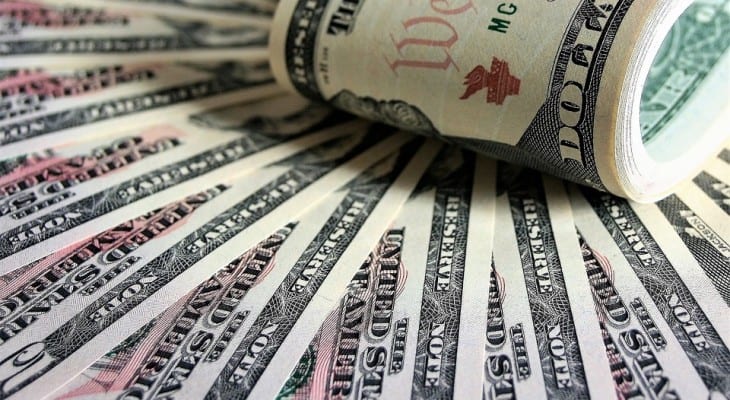Looking Ahead in the Income Investing Market
By: Tim McPartland,

By Tim McPartland
While it is likely that most income investors own a broadly diversified portfolio of securities which pay dividends and interest, we like to own a more concentrated portfolio of almost all-term preferred stock and short-maturity baby bonds.
We wrote about these types of securities last week in this space and the article can be found here. From our years of observation, we know that preferred stocks hold the allure of high yield, compared to many other investments.
When we have a “Goldilocks”-type interest rate environment, all is wonderful, as large dividends flow in with little risk to net asset value. Now, after many years of waiting, higher interest rates are upon us and the entire scenario has changed.
We already know that owning high-quality, low-coupon issues while interest rates move higher is a loser in almost all respects. First, you lose capital, and then you are stuck with a meager dividend/interest payment. Maybe you are one of the few investors who simply says, “I don’t care about my net asset value, I just want a safe income.” Or maybe you are an investor who says this and then panics as prices fall and then sells the holdings at low prices.
Last week, we observed from reading on many different “forums” we follow that unseasoned investors (from our observation over the years) sold their income positions. It appeared that they didn’t comprehend the relationship between higher interest rates and share prices of perpetual preferreds and long-maturity baby bonds. Unfortunately, there are many, many investors that have reacted the same way — buy high and sell low.
Looking ahead, if we are correct that the 10-year treasury will go to at least 3-3.25%, which is certainly a very conservative number, perpetual preferreds and long-dated baby bonds are going to take further high losses. If we use the Public Storage 5.05% perpetual preferred issue as a proxy for a high-quality, low-coupon perpetual preferred, we can project future pricing of the issue. The issue was trading at $25.50 in December and now trades at just over $23.00.
The 10-year treasury has moved up about 40 basis points (four-tenths of a percent) in that time frame. So, what may happen to this price if interest rates move to the 3.25% area? There is no perfect answer to that question, as it is more than just a mathematical exercise, but we would project that the price would move into the $20.50-$21.50 area. This means that a holder would have lost 20% of the net asset value in these shares in less than a year — almost four years’ worth of dividends. What happens if interest rates move to 4% or even higher?
Income investors need to act now and not after they have lost 20% of their net asset value. We think income investors need to reposition to short-dated baby bonds in the next three to four months. We realize that doing this takes time and effort, but unless you are absolutely sure you can tolerate a large reduction in asset value, you should not be holding perpetual preferreds or, if you are holding perpetuals, strong consideration should be given to fixed-to-floating rate issues.
Income investors need to realize that the pain in earning a dividend/interest stream that is 1% less than that of a perpetual preferred by holding shorter-maturity baby bonds and term preferreds is far less than the pain of watching 10-20% of their capital evaporate.






 Connect with Tim McPartland
Connect with Tim McPartland
